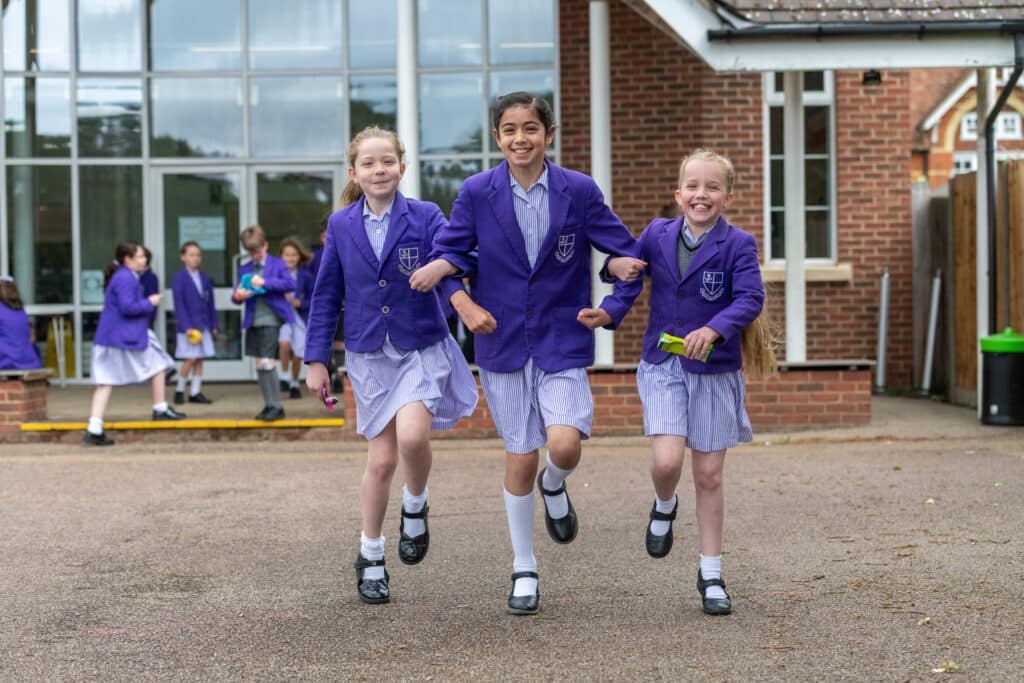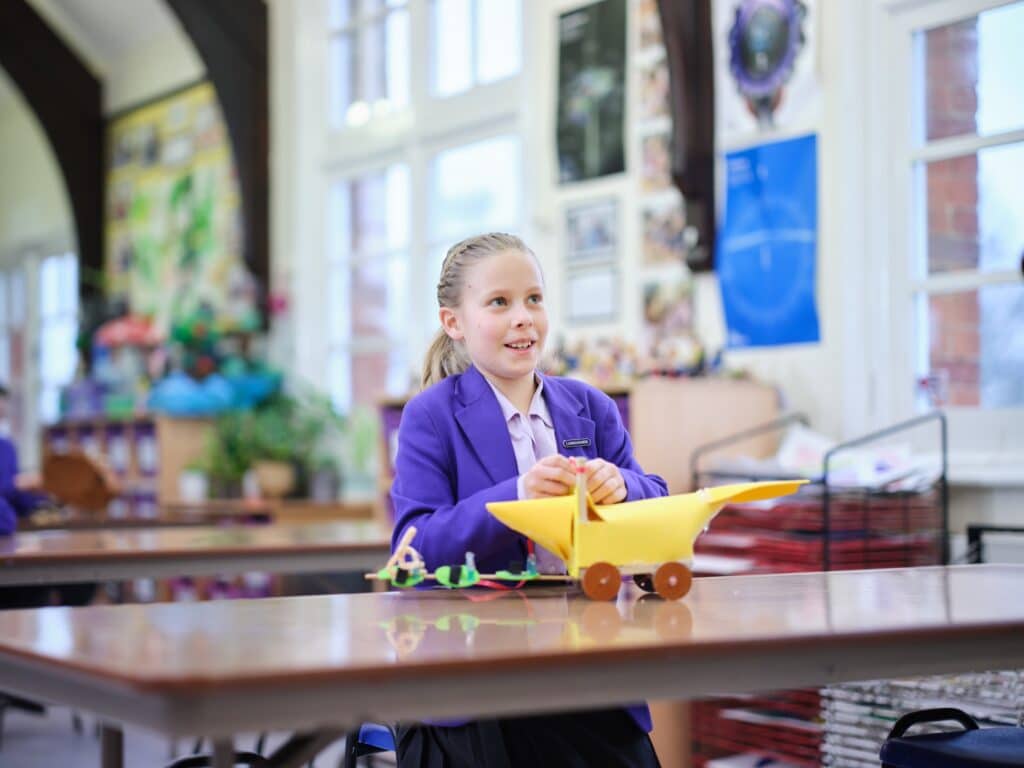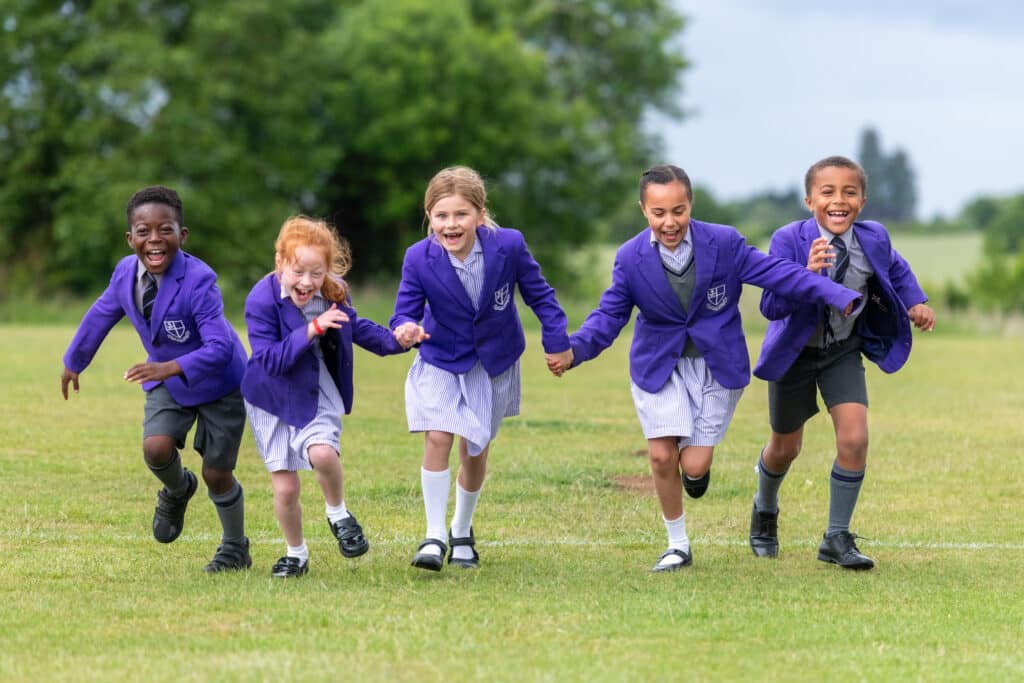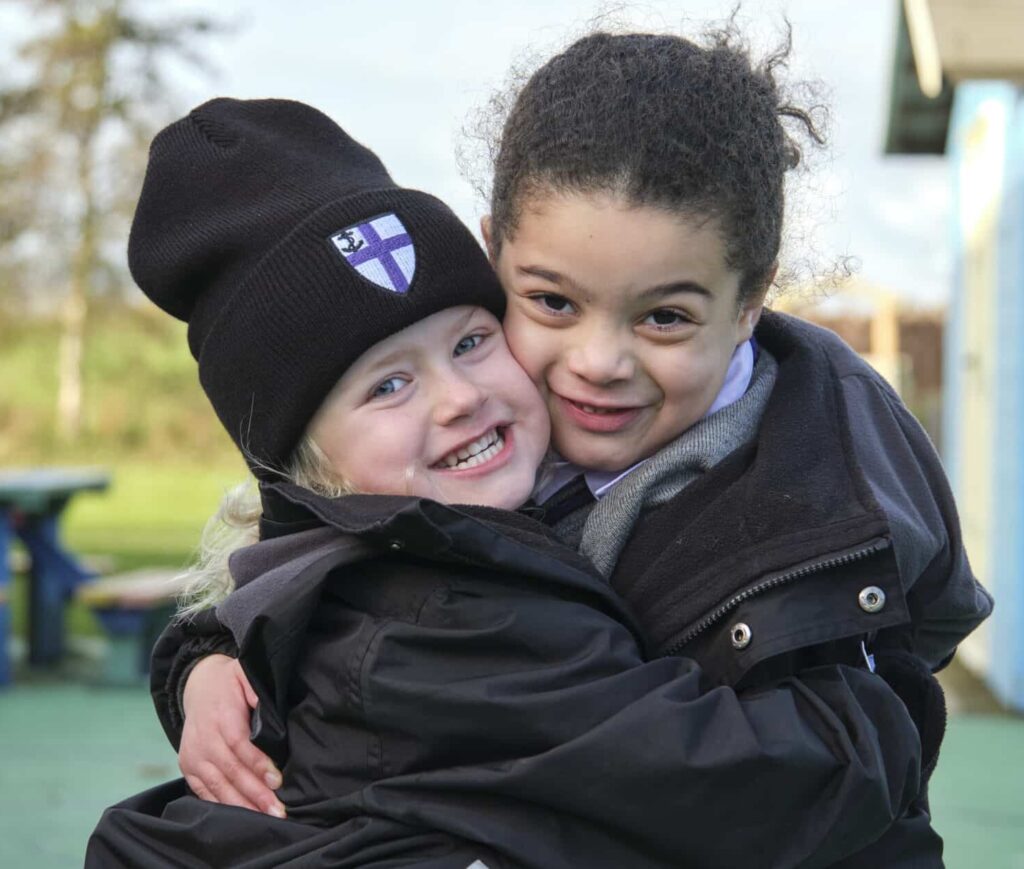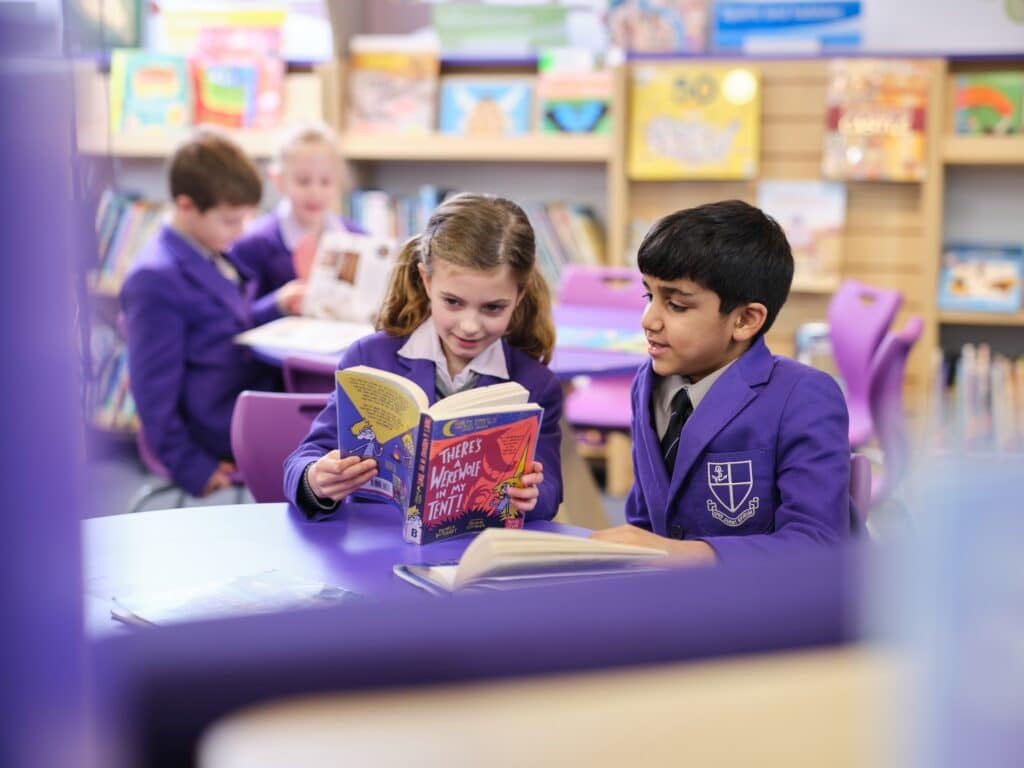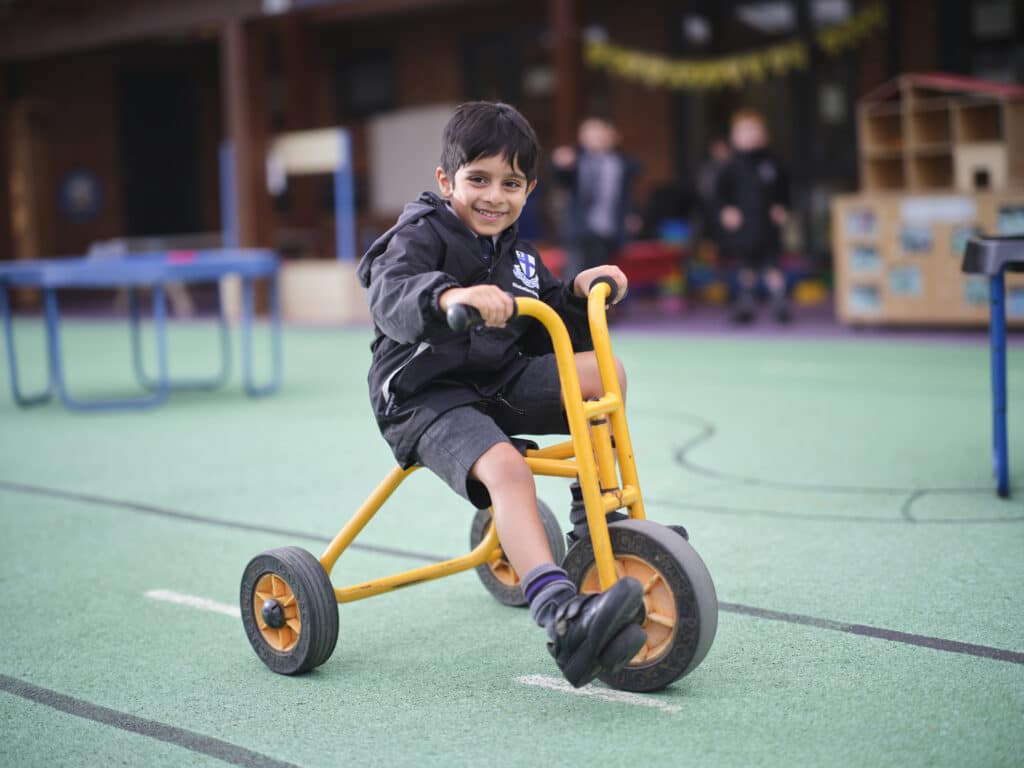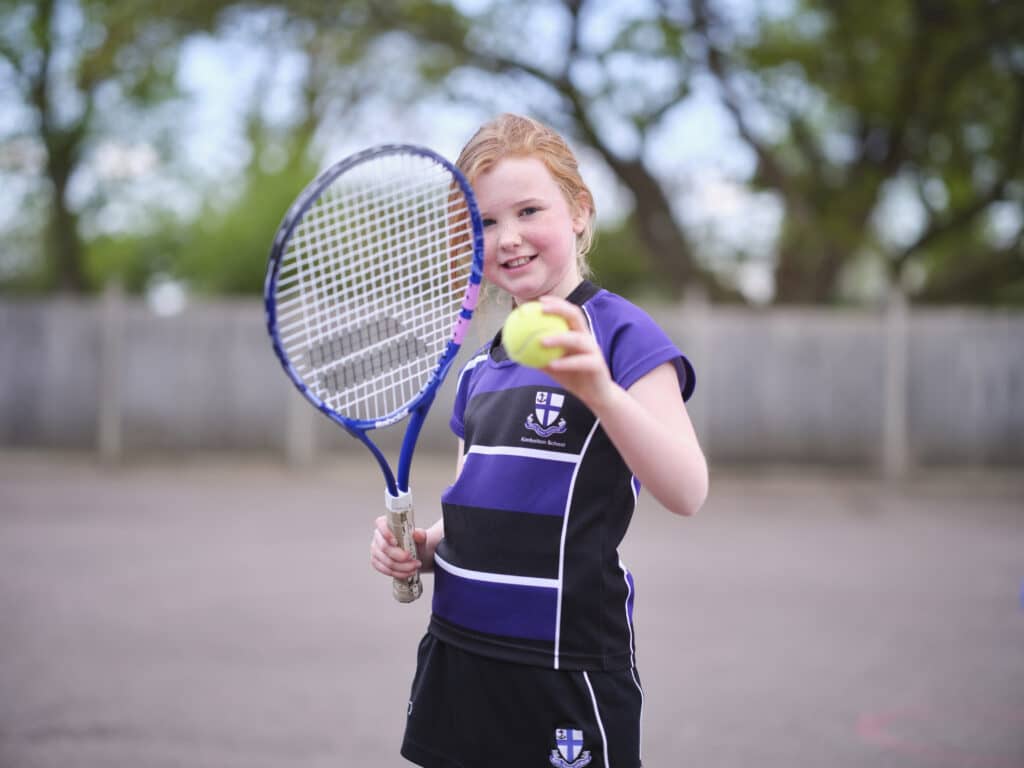
School overview
Our campus
We educate children from age 3 to 18 on a single campus that stretches the length of Kimbolton village. The Prep School caters for 4 to 11 year olds at one end, whilst a walk through our parkland brings you into the Kimbolton Castle grounds which house the Senior School.
The Senior and Prep Schools work closely together with some staff teaching at both sites. A number of facilities are shared, including the swimming pool and astro turf pitches, and some events and activities involve pupils from across the age groups.
Maps
Prep School

Whole School

Senior School/Sixth Form
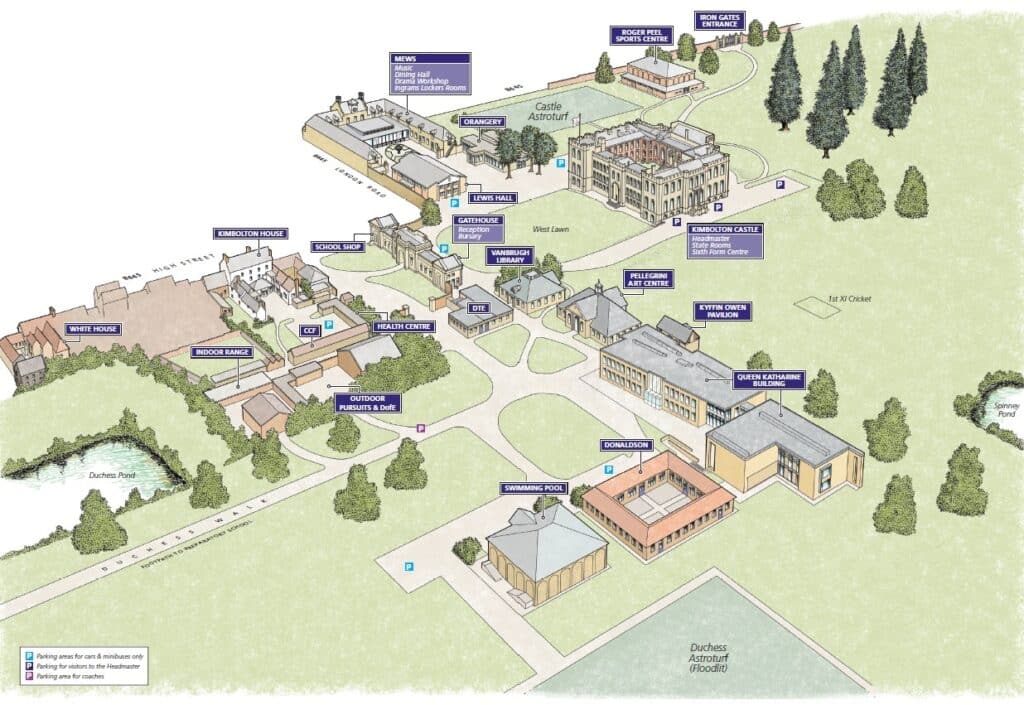
Prep School structure
| Prep School | Year Group | Key Stage | Houses |
|---|---|---|---|
| Age 4+ Age 5+ Age 6+ Age 7+ Age 8+ Age 9+ Age 10+ | Reception Year 1 Year 2 Year 3 Year 4 Year 5 Year 6 | Early Years Foundation Stage (reception) Key Stage 1 (Years 1 & 2) Key Stage 2 (Years 3 to 6) | Fitzpiers Montagu Stafford Wingfield |
Explanation of educational terms
We acknowledge and value the diversity of backgrounds of our pupils and their families. In recognition of this, within this Handbook, we have not assumed prior knowledge of either Kimbolton School or of the England and Wales education system.
Below is an explanation of some terms that we use:
National Curriculum
The framework set by the Government outlining the most important knowledge and skills that every child has a right to learn and at what stage; it also gives standards that measure how children are performing in each subject.
It covers the ages 5-16 and is divided in to Key Stages according to pupils’ ages; what must be taught varies between the Key Stages. Independent schools are not obliged to follow the National Curriculum but at Kimbolton School we aim to cover and add to it.
Early Years Foundation Stage and Key Stage 1
These are covered by children aged 4-7 years (in the Reception Year to Year 2). Their main area is the building known as Aragon House.
Key Stage 2
Key Stage 2 (KS2) covers children aged 7-11 years.
Key Stages 3 and 4
Key Stages 3 and 4 are covered during the compulsory secondary school education from 11-16 years carried out at the Senior School.
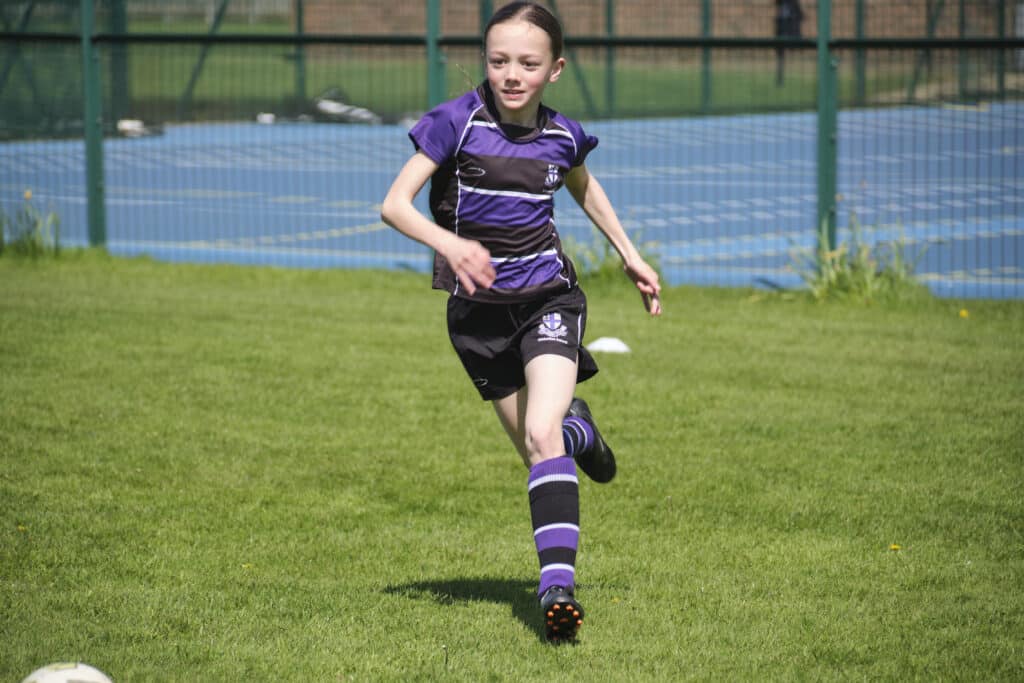
Houses
On New Kimboltonian’s Day, all Prep children are assigned to one of our four Houses, which are named after some of the previous owners of Kimbolton Castle: Fitzpiers, Montagu, Stafford and Wingfield. Siblings always represent the same House.
Teachers are allocated to each House and the assigned Head of House will lead regular House events. This fosters and augments a close vertical system. The Head of House is assisted in the running of their Houses by Year 6 House Captains. Inter-House competitions include football, cross-country, chess, netball, hockey, reading, general knowledge, cricket, rounders, maths, science and singing.
Rewards and sanctions
Expand to explore our approach at each stage
| Reception | Children are rewarded for good work or behaviour by being given stickers for their individual sticker cards. We celebrate the completion of each sticker card by presenting a certificate to the child during the Friday achievement assembly. This assembly also gives children the opportunity to share achievements out of school. |
| Lower Prep | Stars are awarded to children in Year 1 (silver) and Year 2 (gold) for those who have worked hard to achieve the Lower Prep weekly target. At the Friday achievement assembly one pupil in each Lower Prep class is awarded a ‘Class Cup’ and takes it home for the week. |
| Upper Prep | The main forms of reward for pupils in Year 3 – Year 6 are Stars and House Points. Stars are typically awarded for achievement and efforts in curriculum subjects, as well as examples of selfless acts such as unsolicited helpfulness. House Points are to reward the holistic aspect of pupil development and are awarded for effort and achievement beyond the day-to-day curriculum. Exceptional performance, efforts and achievement can be further rewarded through Colours and positions of responsibility. |
| All Years | Head of Prep’s Awards are given for any aspect of school life where a pupil has gone ‘above and beyond’. |
| Values Champion Award | Each week, teachers nominate children who exemplify the School Values. Selected pupils receive a badge to wear proudly throughout the following week. |
Further information can be found in our Behaviour and Discipline Policy.
New Kimboltonians’ Day (NK Day)
NK Day takes place in late June, when the whole of Kimbolton Prep School moves up a year group and experiences a fun day with the teachers and classmates with whom they will be working from September. Children from other schools, and those starting in Reception, join them too.
Class size and groupings
The size of each year group depends on many factors such as how many families move away from or into the area, the number of children who pass the entrance examination, and the birth rate.
Our classes are all mixed ability and, within each year group, are as equal as possible in their composition. In allocating children, the overriding factor is the professional judgement of the teachers.
We also take into account factors including diversity, academic strengths and weaknesses, gender, and friendships conducive to productive work.
We mix up class groupings every two years or so, to encourage new friendships and to help new children to settle in. Many join at the start of Year 3 and others start at other times as places become available. Children also mix throughout the day, for example at break and lunchtimes, in assembly, in House meetings, during games lessons and during after-school activities.
Usually, the pattern for children staying in a class together is: one year (Reception); two years (Years 1 and 2, Years 3 and 4, and Years 5 and 6).
Transition from Key Stage 1 to 2
We would usually expect all Year 2 pupils to transfer to KS2 at the Prep School. If the school feels that transition into KS2 is not the best next step for any pupil, the school will discuss this with the parents, usually before entry into Year 2.
The style of schooling evolves between KS1 and KS2 as children move from teaching mainly by class teachers to gradually more subject-based teaching. To smooth this transition, Year 2 pupils make extensive use of the designated specialist areas within the main Prep School buildings. They also take part in a Year 2 into Year 3 orientation day, where they are joined by those who have accepted places for Year 3.
Transition to Senior School
From our regular assessments and other sources, we can make a judgement as to whether we feel that the Senior School is the right school for your child at 11 years.
By the end of Year 5, we typically have a clear sense of the Senior School’s suitability for each pupil. If any concerns arise, we will discuss them with parents on an individual basis.
Towards the end of Year 6, pupils spend increased time using the Senior School’s facilities so that they become more familiar with the school’s routines, staff and the layout of the Castle grounds.
